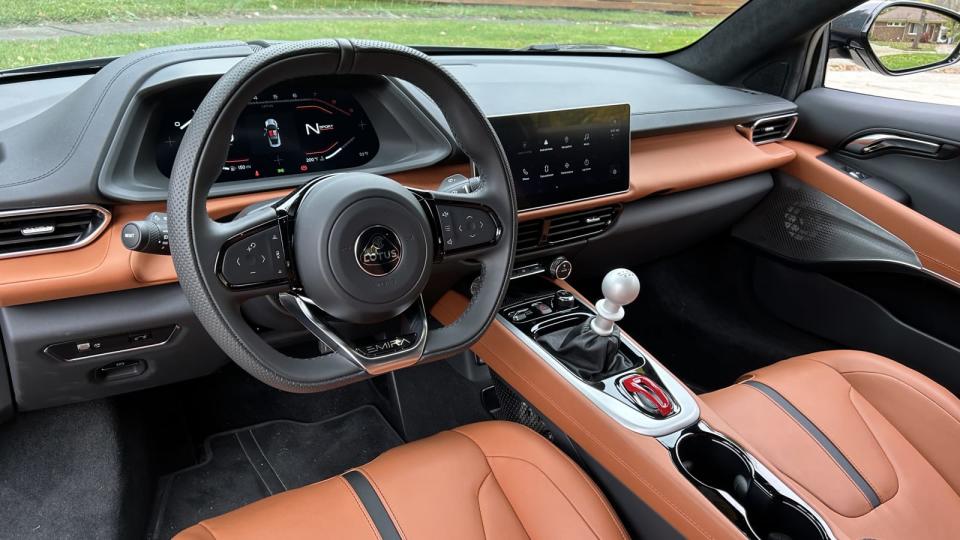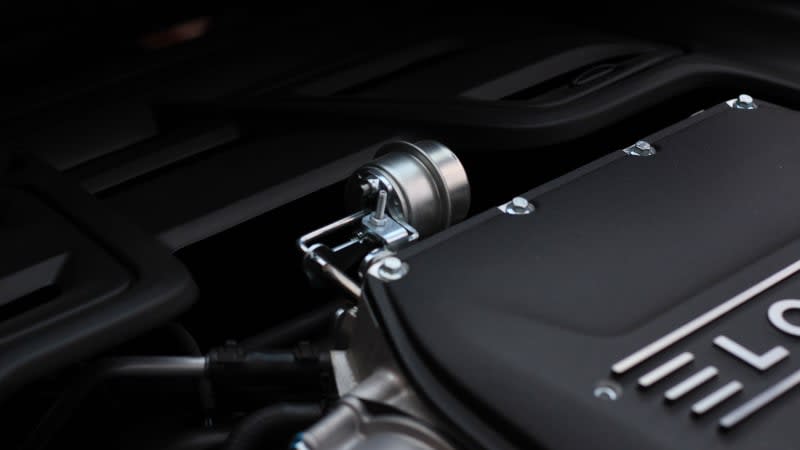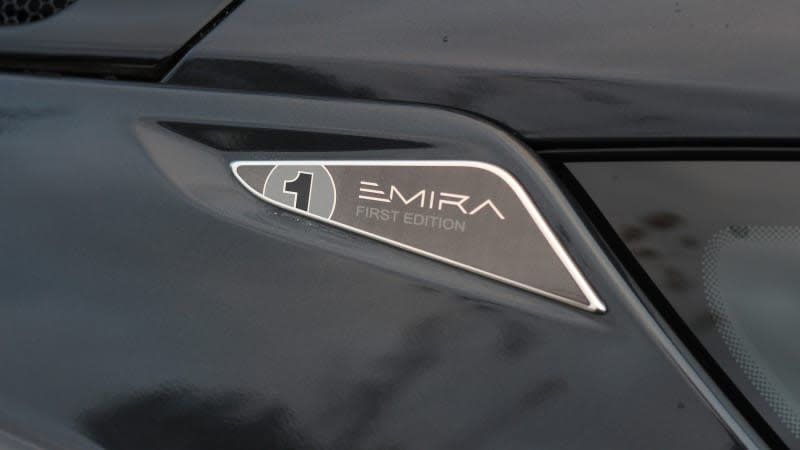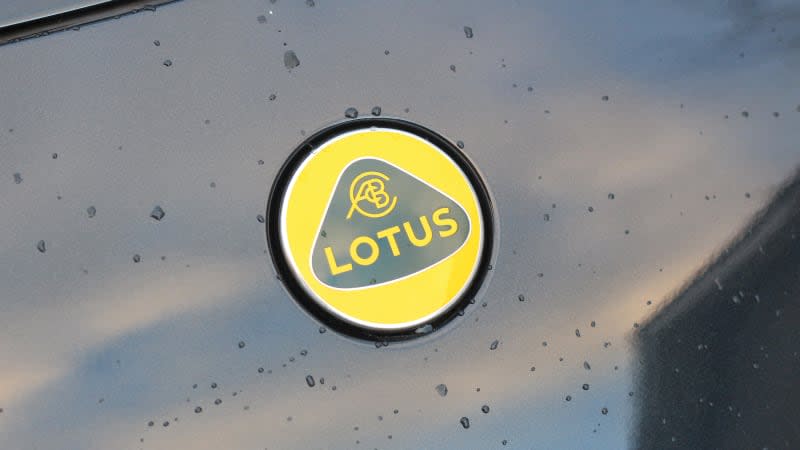Lotus Emira V6 First Edition Road Test: The most fun for $100,000

You really couldn’t script it more perfectly. The Lotus Emira is a dream sports car. It’s good that we all recognize that here and now, as far too often in the super- and sports car world, the market doesn’t realize what an astounding thing it has until sales have gone cold, and the manufacturer kills it off. Cough, Acura NSX.
In a way, the Emira is a love letter to everything enthusiasts desire about driving. Lotus is in a state of transition – the EVs are coming! The whole automotive industry is changing, and cars like the Emira are the ones we’ll point to as high-water marks for this era. Not because it has a 0-60 mph time that can embarrass competitors. Not because it pioneers any particular technology in general. Truthfully, it’s not remarkably pushing any boundaries on paper, but I’d argue, who cares?
It has an aged 3.5-liter supercharged V6 borrowed from Toyota that makes a fine – but not eyebrow-raising – 400 horsepower and 320 pound-feet of torque. That’s actually less horsepower than Evora variants like the GT and Sport 410 made, which is the opposite direction sports cars typically go in for a new generation. It has hydraulic steering, and there isn’t a single driver assistance nag in sight (don’t worry, it still has cruise control). You pick your suspension setting from the factory: Tour or Sport. It does have a few drive modes, but they don’t adjust the suspension or steering. An automatic transmission is available, but please skip that to enjoy one of the best-shifting gearboxes in the world. And oh yes, you can watch the exposed linkage work its mechanical joy. Same goes for the visible throttle actuator that can be seen in the rearview mirror through the glass separating driver from engine. Yeah, Lotus gets us.



If you’re salivating and frothing at the mouth by now, then you’re just the sort of person Lotus has in mind for the Emira. Of course, the catch with anything wearing a Lotus badge in the past was the uncertainty around buying a car from a low-production British outfit and the accompanying lack of modern amenities. Even though the Evora was a step toward Porsche in so many ways, it still felt and acted like a classy kit car with its Alpine head unit, borrowed parts and general lack of polish. The last Evora GT test car we had leaked from both A-pillars with the windows up while driving in a rainstorm. Would a factory-fresh 718 Cayman ever do such a thing? I would think not.
The Emira sets out to right all those would-be wrongs committed by the Evora. Instead of a glitchy head unit awkwardly sitting in the center stack, the Emira has a beautiful, 10.25-inch widescreen infotainment system running an in-house-designed software stack paired with an equally alluring 12.3-inch instrument panel display. The infotainment system supports both Apple CarPlay and Android Auto, and it worked flawlessly over a week in testing. The same could not be said for the Evoras we’ve driven. And not only does the infotainment system work like you’d expect any other brand’s to, it’s actually nice to use with a logical user interface and quick response times. Borrowed switchgear shows itself when you notice the Volvo volume knob and Volvo stalks, but that’s just the sort of thing we’d hope Lotus would leverage, being a part of Geely. Volvo parts are good!
But not everything’s perfect. The 10-speaker KEF (a British audio brand) system is barely even audible at full volume on the highway, which is doubly disappointing because the speaker grilles are genuinely works of art. That beautiful interior design is on display everywhere, too. There was clearly thought put into the exact blend of physical and touchscreen controls, and from the aluminum gear shifter to the seat design detailing, everything feels purposeful and designed to make life in the cabin match the expectations set by a six-figure price tag.



 Yahoo Autos
Yahoo Autos 
